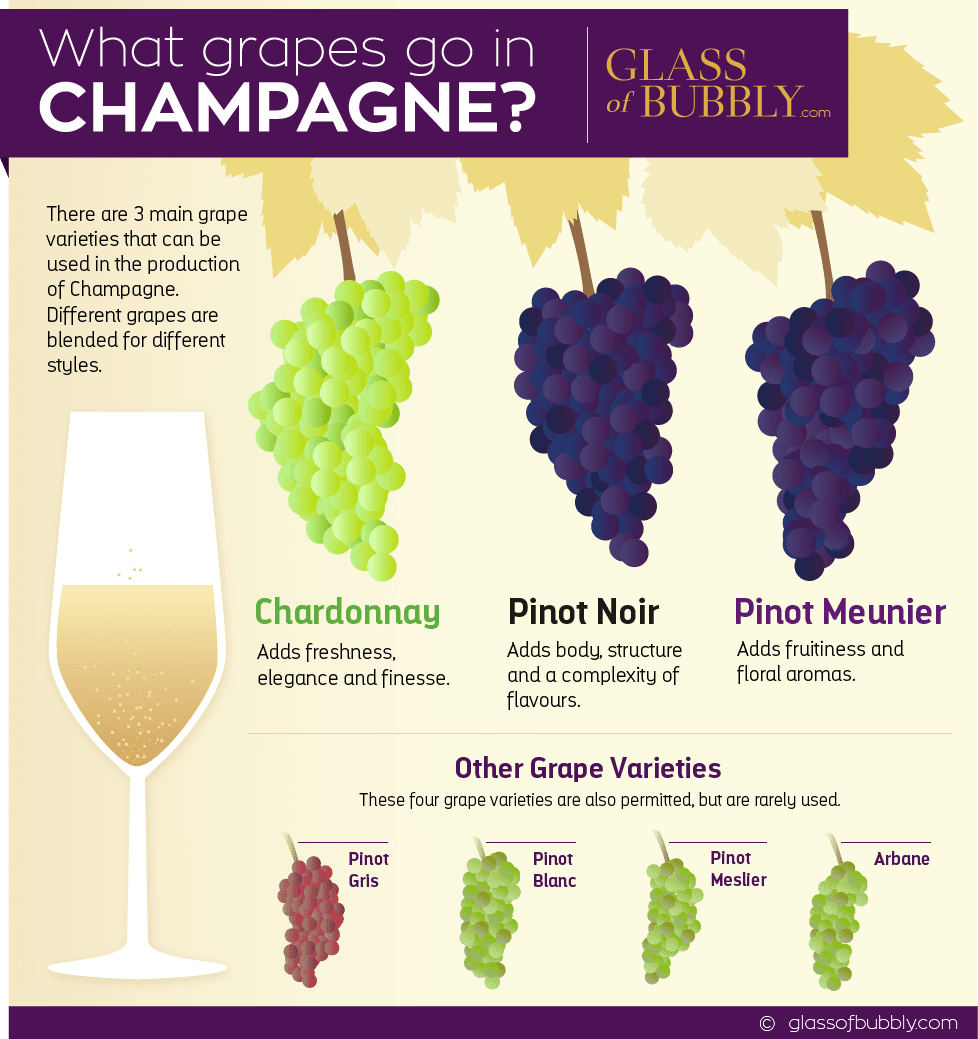
Champagne, a quintessential symbol of celebration, encapsulates a multitude of flavor profiles and sweetness levels, captivating the palate of wine enthusiasts and casual drinkers alike. The intriguing complexity of Champagne lies in its diverse classifications, each offering a unique experience. This exploration delves into the realm of sweetness within Champagne, illuminating the various types and flavor notes that define this exquisite sparkling wine.
At the heart of understanding Champagne’s sweetness is the designation of its dosage, the liqueur de expédition added post-fermentation. This pivotal step influences not only the wine’s sweetness but also its overall character. Recognizing the principal styles of Champagne—Brut Nature, Extra Brut, Brut, Extra Dry, Sec, Demi-Sec, and Doux—provides a foundational framework for appreciating the spectrum of flavors available.
Brut Nature represents the most austere expression of Champagne. With no added sugar, these wines emphasize terroir and the innate characteristics of the grapes used. The flavor profile often includes notes of citrus, green apple, and mineral undertones, evoking a crisp and refreshing experience. Winemakers achieve balance through meticulous selection of base wines and precise blending.
Following closely is Extra Brut, a category that typically contains a scant dosage, ranging from 0 to 6 grams of sugar per liter. Extra Brut Champagne excels in showcasing the intricate complexities of Pinot Noir, Pinot Meunier, and Chardonnay. The result is often a tightly-wound wine with profound minerality and vibrant acidity, where flavors of pear, white peach, and subtle spice intertwine, presenting a sensory delight.
The most prevalent style, Brut Champagne, strikes a remarkable balance by incorporating up to 12 grams of sugar per liter. This category presents a cornucopia of flavor notes, where the fruitiness of juicy apples and lush stone fruits harmonizes with toasty brioche and nutty undertones derived from the aging process in the cellar. This multifaceted profile captivates a broad audience, making Brut a preferred choice for myriad celebrations.
Shifting gears, Extra Dry Champagne contains a slightly elevated sugar content, between 12 and 17 grams per liter. Despite its name, Extra Dry is often perceived as sweeter than Brut. This style exhibits enticing notes of honeysuckle, ripe pear, and creamy textures, making it an excellent pairing for seafood dishes or lighter fare. The deceptive nomenclature encourages a journey of discovery for those venturing into the world of Champagne.
Sec, with its dosage ranging from 17 to 32 grams of sugar per liter, further amplifies the sweetness, presenting luscious flavors of candied fruits, honey, and floral elements. This style of Champagne is often an ideal accompaniment for spicy Asian cuisines or rich cheeses, bridging the gap between savory and sweet in culinary experiences.
For those with a penchant for pronounced sweetness, Demi-Sec Champagne delivers, showcasing sugar levels between 32 and 50 grams per liter. This opulent style dazzles the palate with sublime notes of caramel, ripe peach, and toffee. Its luxuriant sweetness invites exploration with dessert pairings, where the richness of chocolate or fruit-based pastries enhances the tasting experience. The convivial nature of Demi-Sec makes it a popular choice for festive occasions or celebratory toasts.
At the pinnacle of sweetness, Doux Champagne boasts over 50 grams of sugar per liter, embodying the quintessence of indulgence. This rare style often captivates those with a sweet tooth and is best served with desserts or fruit-based charcuterie. The luscious flavors of syrupy fruits, vanilla, and baked goods envelop the palate, culminating in a decadent exploration of sweetness.
Beyond classifications, the flavor notes across different Champagne types often reveal surprising subtleties. Terroir plays an instrumental role in the development of these flavor profiles. The regional characteristics of wine-producing areas such as the Côte des Blancs or Montagne de Reims dictate the aromatic contributions derived from the grapes cultivated within these regions. This interplay between land and vine manifests in the nuanced expressions found in various Champagne styles.
Moreover, the crafting of Champagne demands an astute understanding of blending techniques. The art of assemblage, or blending base wines from different vintages and grape varieties, allows winemakers to achieve remarkable consistency and uniqueness in flavor. Notably, the addition of reserve wines can further enhance complexity and depth, allowing for a broader palette of flavors to emerge.
In conclusion, exploring the world of Champagne offers an opportunity to engage with a captivating array of sweetness levels and flavor notes. From the austere character of Brut Nature to the sumptuous indulgence of Doux, each style presents a distinctive narrative. This exploration promises not only to pique interest but also to deepen appreciation for the craftsmanship inherent in every bottle. The next time a cork is popped, one may find themselves more attuned to the intricate ballet of flavors and the stories they tell, elevating the experience of this sparkling elixir into a realm of unparalleled enjoyment.
